12 proposed U.S. states that didn't make the cut
Westylvania, Transylvania, Nickajack — yes, many Americans hoped to create states with these very names, explains M. Asher Cantrell at Mental Floss


1. Franklin
After the Revolutionary War, it became common for states to gift their westernmost lands to the newly-founded (but broke) American government to repackage and sell to westbound pioneers. A conspiracy in North Carolina led to its western lands being sold to high-ranking members of the state government instead, then ceded to the U.S. government under an agreement that ensured that those officials got a portion of the profits.
After the plan was discovered, a new government was elected and the deal was nullified, but the damage was already done. As a result of the shady land deals, counties in what's now eastern Tennessee proposed the State of Franklin, distancing themselves from North Carolina. Unfortunately, Franklin was a mere two votes shy of the 2/3 majority vote needed to become the 14th state. Franklin's government collapsed shortly after and returned to North Carolina's ownership.
The Week
Escape your echo chamber. Get the facts behind the news, plus analysis from multiple perspectives.

Sign up for The Week's Free Newsletters
From our morning news briefing to a weekly Good News Newsletter, get the best of The Week delivered directly to your inbox.
From our morning news briefing to a weekly Good News Newsletter, get the best of The Week delivered directly to your inbox.
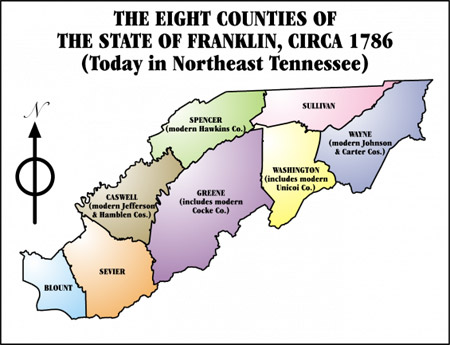
2. Jefferson
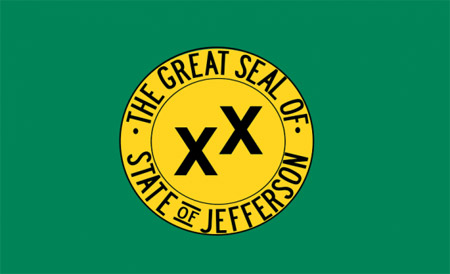
Four regions have been proposed as the State of Jefferson. The first was west of Kansas Territory in 1859. Mining communities in the Rocky Mountains came together and requested the formation of their own potential state, called Jefferson. The Kansas government agreed, setting its proposed borders east of Jefferson's. Citizens of Jefferson could not agree on a constitution, however, so it became Jefferson Territory (later Colorado Territory) instead.
The second and third were both located in Texas. As part of its admittance into the United States, Texas could agree to split itself into as many as four states. In 1870, southeastern Texas, from the San Antonio River onward, was proposed as Jefferson, with other region-states to follow. The idea was never taken very seriously. Later, in 1915, Jefferson plans re-emerged, but in western Texas instead. Only six state senators approved of the idea, and it, too, failed.
The fourth, a mix of counties from northern California and southern Oregon, was proposed in 1941. Supporters in the area marched with guns, passing out flyers proclaiming secession. Their movement was overshadowed by the attacks on Pearl Harbor and mostly faded away. Some, however, still propose an expanded Jefferson even today.
A free daily email with the biggest news stories of the day – and the best features from TheWeek.com
3. Superior
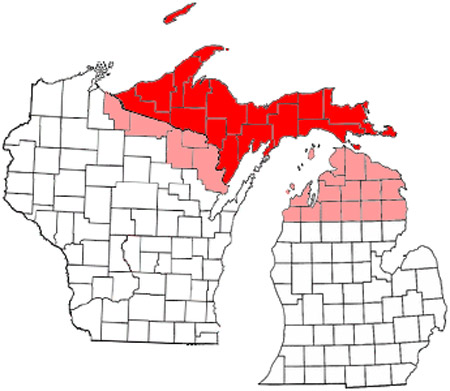
As one of the only non-island U.S. states with two distinct landmasses, it makes sense that citizens of the Upper Peninsula of Michigan (frequently referred to as "yoopers") would consider splitting off from the "glove" "mitten" part of the state.
It has been proposed on a number of occasions, usually with the proposed state being called "Superior" (for Lake Superior), though other names such as Sylvania (preferred by Thomas Jefferson) and Ontonagon have also been mentioned.
In fact, the idea has been brought forth as recently as this year. In April, murmurs of upper peninsula secession bubbled up once again after debates over Michigan tax laws.
4. Delmarva
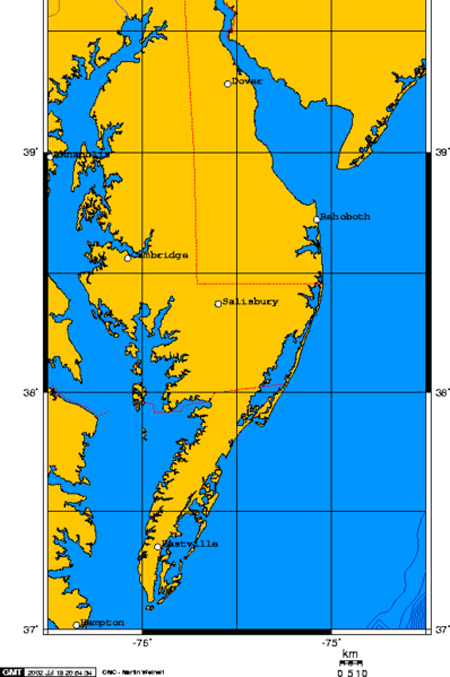
Similar to the Michigan Upper Peninsula statehood efforts, Delmarva's attempts at self-government are persistent. Delmarva is the small peninsula off the east coast of Maryland that is split between three states: Delaware, Maryland, and Virginia. Hence, Delmarva.
The entirety of Delaware is located on the peninsula, but only portions belong to Maryland and Virginia. Most proposals call for Maryland and Virginia to cede their lands, Delaware to absorb them, and for the new state to be dubbed Delmarva (though some alternate plans call for the name to remain Delaware).
Some others want Delaware to remain an independent state and cede only a few counties to Delmarva, and others still insist that Maryland's eastern shore also be included. No formal attempts have ever been made, but considering the odd borders currently present on the peninsula, a single government does sort of make sense.
5. Absaroka
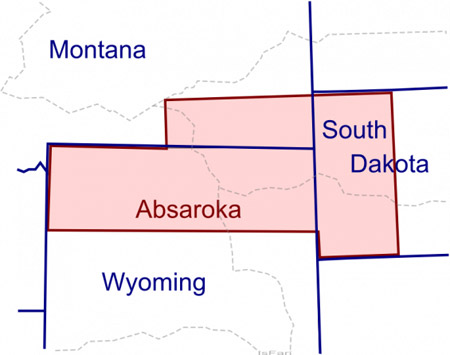
In 1939, portions of Wyoming, Montana, and South Dakota attempted to secede and form their own state called Absaroka, named after the Absaroka Range of the Rocky Mountains. While they never actually came to Congress to propose statehood, they did make Absaroka license plates and even held a 1939 Miss Absaroka beauty pageant.
Sheridan, Wyoming, street commissioner A. R. Swickard was the leading force behind the movement. He declared himself governor of Absaroka and began hearing grievances from the local populace. With the start of World War II, however, the populace lost interest in the idea and it eventually disappeared altogether.
6. Scott
You may be surprised to discover that there was a lost state as recently as 1986. In fact, it existed for 125 years, but you wouldn't have found it on any U.S. maps.
The Free and Independent State of Scott was founded during the Civil War when Scott County, Tennessee, opted to secede from its parent state after Tennessee joined the Confederate States of America. Citizens of Scott, who weren't plantation holders or slave owners, had no interest in joining the CSA and so remained a Union state.
Tennessee ignored the proclamation and did nothing to stop them, so the tiny State of Scott was mostly forgotten about until its 125th anniversary, when it finally formally requested re-admittance to Tennessee. The state even held a celebration welcoming Scott back, although it had never officially recognized it in the first place.
7. Transylvania
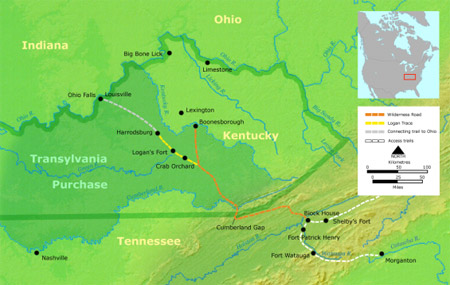
Everyone knows about the 13 colonies, but few know that there was an unofficial 14th. Dubbed Transylvania (over 100 years before Bram Stoker made that name scary), the land was made up of modern-day western and southeastern Kentucky and northern Tennessee.
Purchased from Cherokee Indians by the Transylvania Company, the hope was that the British would recognize the land and allow the Transylvania Company's owner, Richard Henderson, to rule it as an autonomous territory, like William Penn and Pennsylvania.
Unfortunately for them, the plan unraveled when it was discovered that the purchase was illegal under British law and that the lands had already been claimed by Virginia and North Carolina. For less than a year, the land existed as an extralegal colony. Shortly before the formation of the U.S., Virginia declared the Transylvania Purchase void and officially re-claimed the lands.
8. Deseret
Named after a Book of Mormon word meaning "honeybee," Deseret was a region in the southwestern United States claimed by Mormons who sought to govern themselves. Their proposed state took all of modern day Utah and parts of several other states.
Their statehood request was denied by Congress in 1849 and they were given the much smaller Utah Territory instead. The laws and regulations drafted by Deseret were quickly re-enacted under Utah Territory's government.
However, a shadow government of Mormon elders were hopeful to one day resurrect the Deseret idea. They secretly met after each legislative session for the next twenty years and rewrote the day's new laws under the "State of Deseret" name.
9. Westsylvania
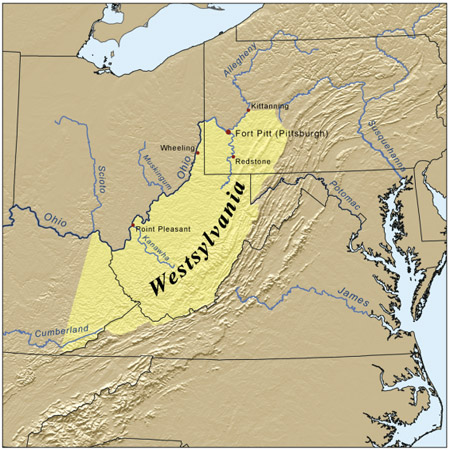
Franklin wasn't the only region with a bid to become the 14th state. In 1776, the failed colony of Vandalia (modern day West Virginia, western Pennsylvania, and eastern Kentucky) tried to reform itself the State of Westsylvania.
Unlike Franklin, however, Westsylvania's bid never even went up for a vote. Congress ignored the petition and when the lands were taken up by the surrounding states, former Westsylvanians bristled and threatened to secede anyway.
Shortly afterward, Pennsylvania (which then owned most of the former Westsylvania lands) passed a law declaring talk of secession and the Westsylvania movement to be treasonous and punishable by execution. As a result, the dream of Westsylvania quickly died.
10. Nickajack
Much like the Free and Independent State of Scott, many in the South during the Civil War, namely those who weren't rich enough to own large tracts of land or slaves, were unhappy with the idea of seceding. One such region where this sentiment was widely held was the mountainous lands found in eastern Tennessee and northern Alabama, which attempted to merge together and form the state of Nickajack.
Instead of simply declaring themselves a new state like Scott, however, non-secessionist politicians attempted to break apart legally. While Tennessee struggled with its decision on joining the Confederacy, northern Alabama lawmakers were left attempting to block secession in their state, if not actively seceding themselves.
Unfortunately, the rules of the secession convention stated that delegates and their votes were determined by total population of their jurisdiction. Since slaves counted toward the total population, the southern and central regional delegates far outnumbered those of the north. Therefore, the slave owners were allowed to vote on behalf of their own slaves and the secession passed. A short time later, Tennesseans voted in favor of the Confederacy as well. Leaving the CSA was considered too dangerous for Nickajack, and the idea was dropped.
11. Sequoyah
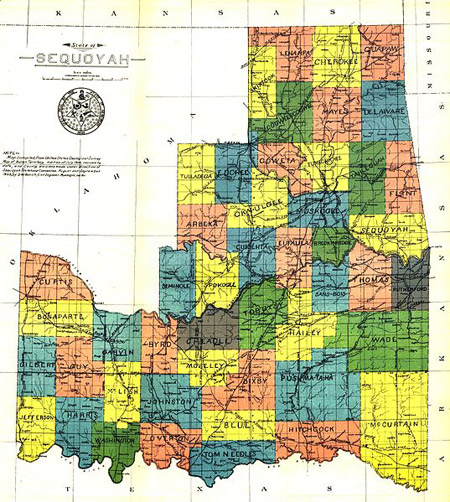
Not unlike the Mormon Church's idea for its own state, Native Americans also sought to create a part of the U.S. that had their interests in mind. So it was that in 1905, the State of Sequoyah (named after the same Sequoyah who invented the Cherokee written language) was conceptualized.
Based out of Indian Territory (present day eastern Oklahoma), a tract of land where Native Americans had been relocated by the U.S. Government, the state design would have counties for all of the major tribes and allow their system of tribal government to continue unabated.
When presented with their constitution and plans for statehood, Congress was hesitant due to a desire to keep the number of states between the eastern and western U.S. balanced. In the end, President Teddy Roosevelt decided that Sequoyah should be merged with the existing Oklahoma statehood proposal, creating the state as we know it today.
12. Lincoln
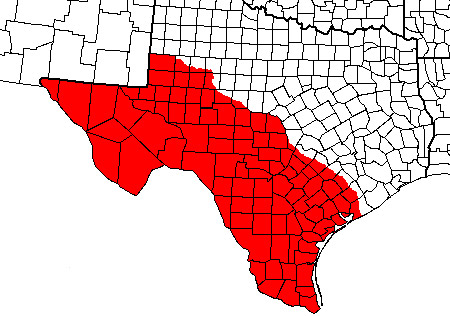
There have been multiple attempts to create a State of Lincoln. The first has an origin similar to one of the many Jeffersons. As mentioned before, a clause in Texas's admission to the U.S. allowed it to be split into multiple entities. One of these proposed spinoffs, the State of Lincoln, would have taken up anything south and west of the Colorado River. Just like the state of Jefferson that would have been found in East Texas, the idea never came to fruition.
The second Lincoln would have been found far from Texas. After the crafting of the Washington, Idaho, and Montana Territories in 1864, it was briefly unclear if what is now known as the Idaho Panhandle would become a part of Idaho or Montana. In the meantime, the Panhandle led a petition to become a state called Lincoln. When this failed, the idea was re-proposed in the early 1900s and included Eastern Washington, thus splitting the existing state in two. Again, the idea failed, but it has perpetually recurred since that time. The most recent proposition for the idea was made in 2005.
More from Mental Floss:
-
 Political cartoons for December 12
Political cartoons for December 12Cartoons Friday's political cartoons include presidential piracy, emissions capping, and the Argentina bailout
-
 The Week Unwrapped: what’s scuppering Bulgaria’s Euro dream?
The Week Unwrapped: what’s scuppering Bulgaria’s Euro dream?Podcast Plus has Syria changed, a year on from its revolution? And why are humans (mostly) monogamous?
-
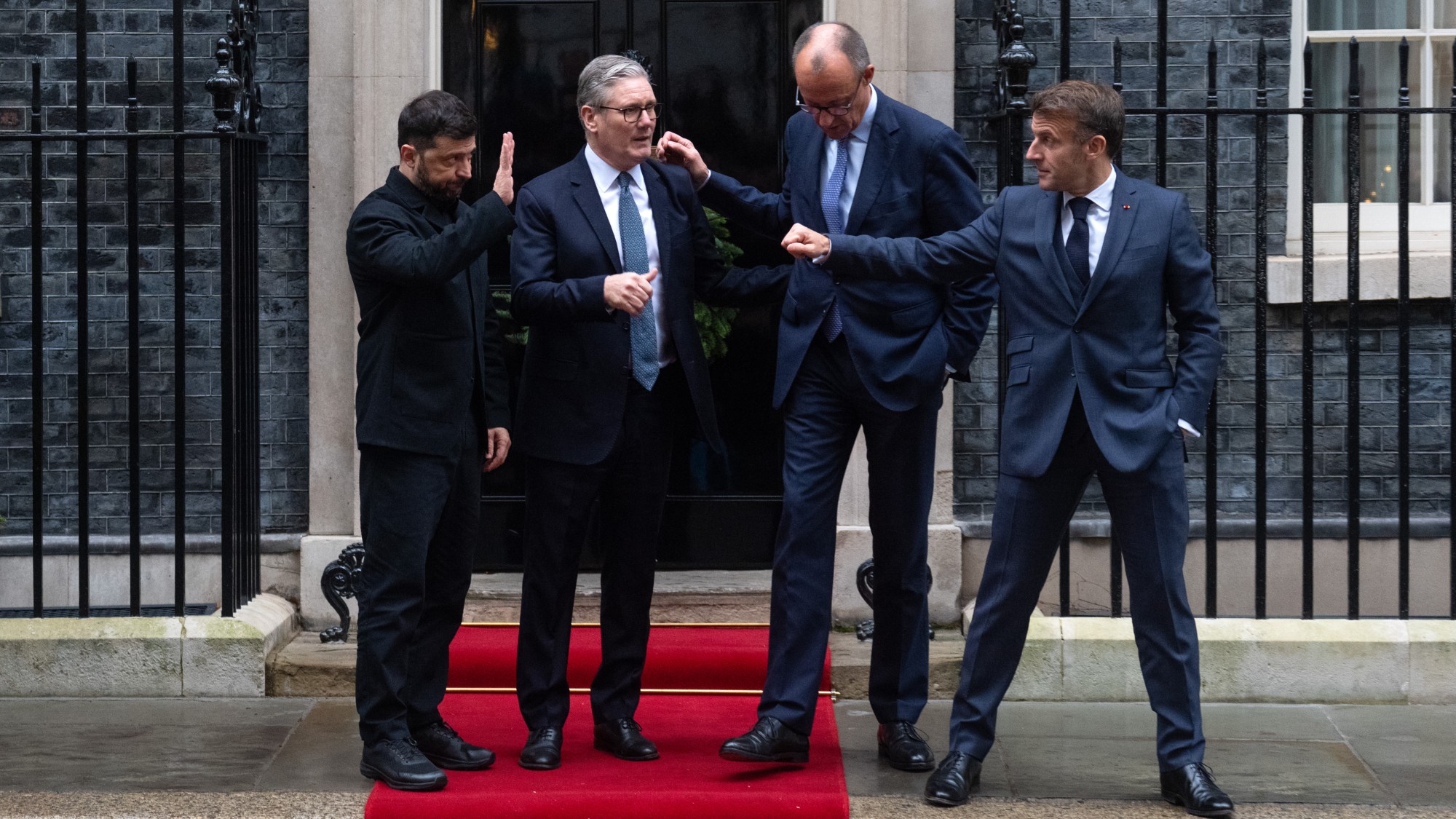 Will there be peace before Christmas in Ukraine?
Will there be peace before Christmas in Ukraine?Today's Big Question Discussions over the weekend could see a unified set of proposals from EU, UK and US to present to Moscow
-
 Has Zohran Mamdani shown the Democrats how to win again?
Has Zohran Mamdani shown the Democrats how to win again?Today’s Big Question New York City mayoral election touted as victory for left-wing populists but moderate centrist wins elsewhere present more complex path for Democratic Party
-
 Millions turn out for anti-Trump ‘No Kings’ rallies
Millions turn out for anti-Trump ‘No Kings’ ralliesSpeed Read An estimated 7 million people participated, 2 million more than at the first ‘No Kings’ protest in June
-
 Ghislaine Maxwell: angling for a Trump pardon
Ghislaine Maxwell: angling for a Trump pardonTalking Point Convicted sex trafficker's testimony could shed new light on president's links to Jeffrey Epstein
-
 The last words and final moments of 40 presidents
The last words and final moments of 40 presidentsThe Explainer Some are eloquent quotes worthy of the holders of the highest office in the nation, and others... aren't
-
 The JFK files: the truth at last?
The JFK files: the truth at last?In The Spotlight More than 64,000 previously classified documents relating the 1963 assassination of John F. Kennedy have been released by the Trump administration
-
 'Seriously, not literally': how should the world take Donald Trump?
'Seriously, not literally': how should the world take Donald Trump?Today's big question White House rhetoric and reality look likely to become increasingly blurred
-
 Will Trump's 'madman' strategy pay off?
Will Trump's 'madman' strategy pay off?Today's Big Question Incoming US president likes to seem unpredictable but, this time round, world leaders could be wise to his playbook
-
 Democrats vs. Republicans: who are US billionaires backing?
Democrats vs. Republicans: who are US billionaires backing?The Explainer Younger tech titans join 'boys' club throwing money and support' behind President Trump, while older plutocrats quietly rebuke new administration